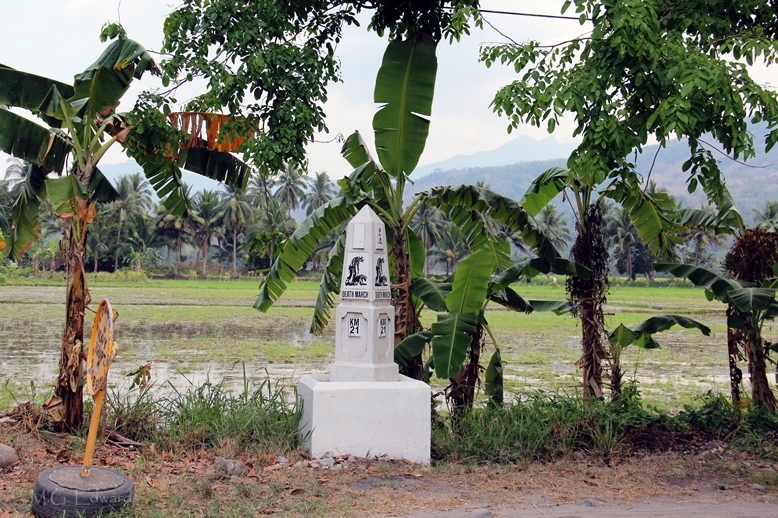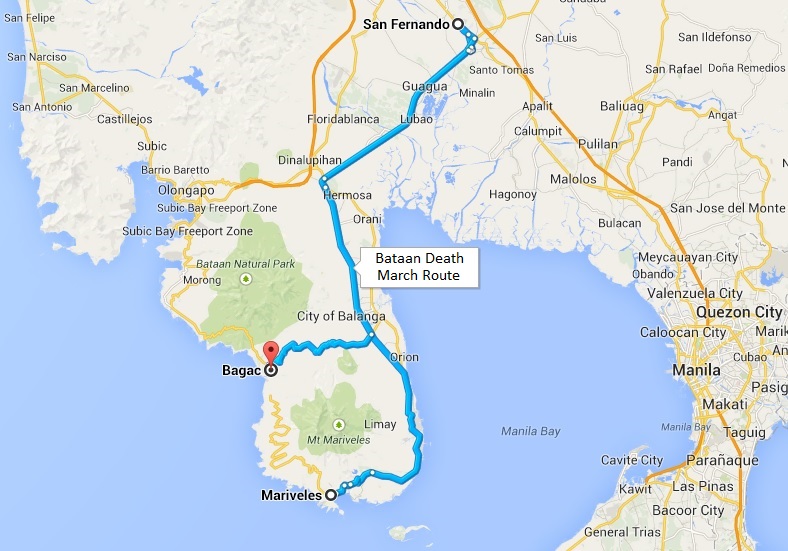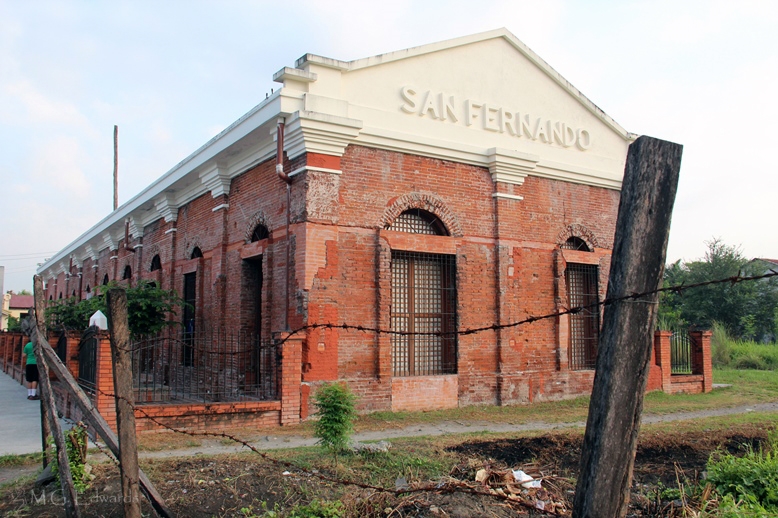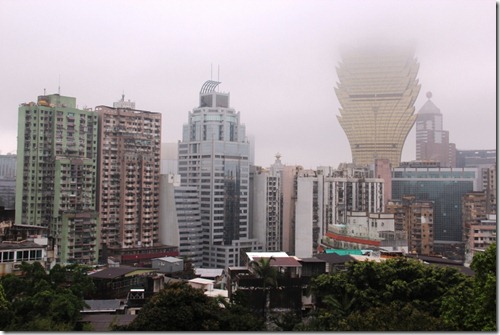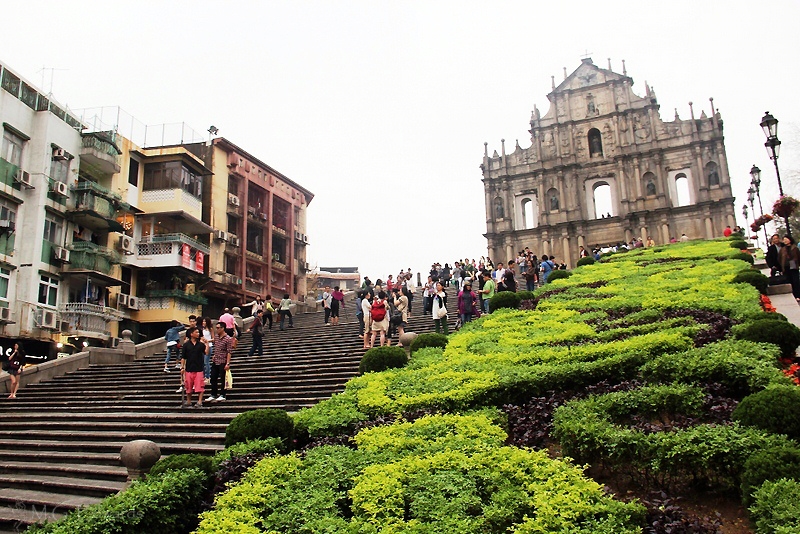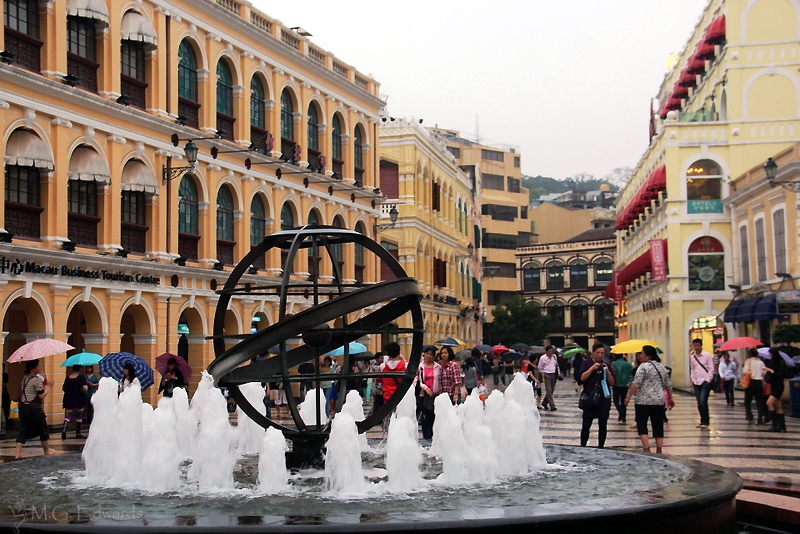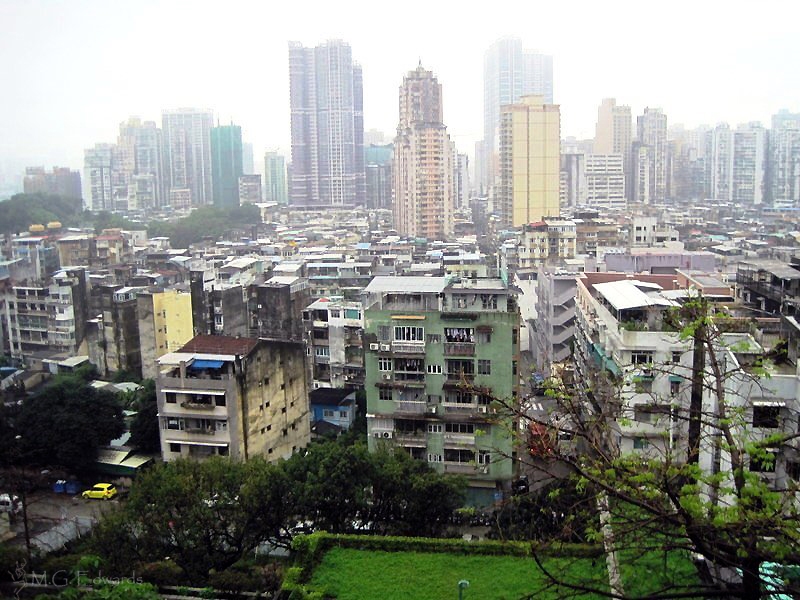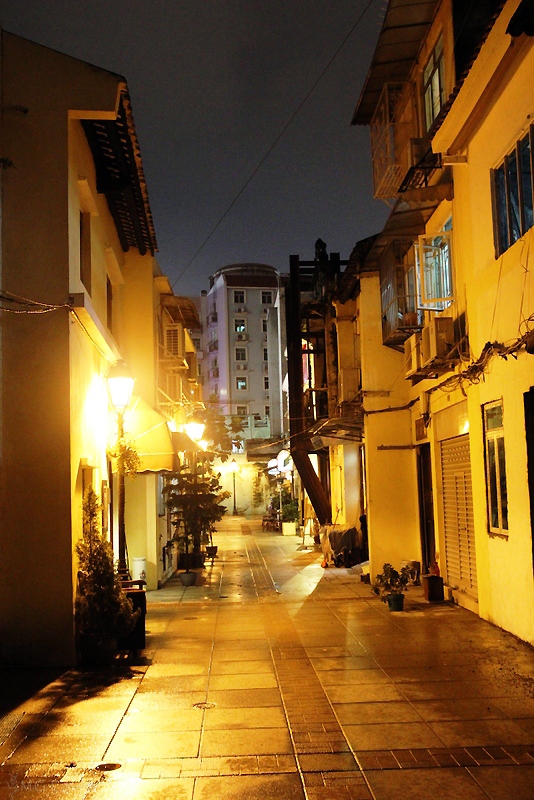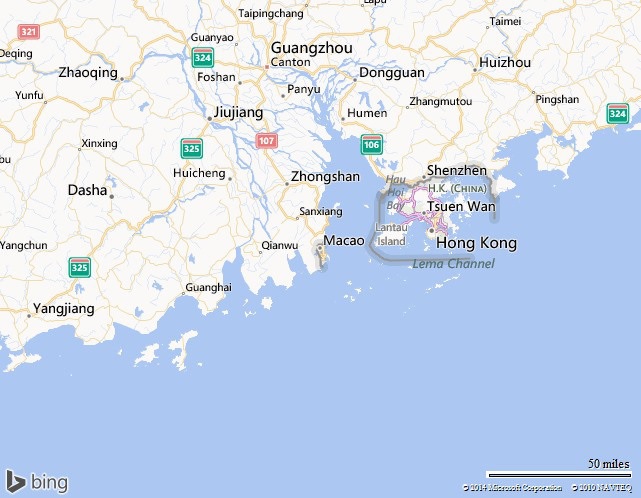Philippines
The Philippines is a land of contrasts. An archipelago of more than 7,100 islands with almost 100 million inhabitants, it is the most Hispanic nation in Asia but a place all its own. From shades of Spanish culture, Roman Catholicism and Islam, American-style malls and fast food, and its very name in honor of King Philip II of Spain, the country has long been shaped by foreign influences. Combined with its indigenous heritage, the Philippines has become a nation diverse and unique. From the millions of Filipinos who work hard around the world to provide for their families back home to the tragedy of Typhoon Haiyan (Yolanda) that devastated the central part of the country in November 2013, the Philippines is a land filled with resilience and hope. Poverty and an increasing sense that life is getting better for most. Beauty and bad traffic. Gorgeous volcanoes that wipe out cities and villages. Delicious food cheap and fattening. Warm and friendly people who live life and make the best of what may come, for better or for worse. If you have the chance to visit the Philippines, take it. But don’t simply head to a beach resort for scuba diving and a tan. Hop in a Jeepney and go off the beaten path. You’ll never know what you’ll find in this incredible archipelago.
A View of Taal Lake and Volcano Island in Tagaytay

Sunset over Manila Bay

Entrance Gate of Fort Santiago in Intramuros, Manila

Kilometer Marker 21 of the Bataan Death March and Mt. Samet on the Bataan Peninsula

More About Philippines
| Philippines | Bataan Death March | Other Articles |
World Adventurers Magazine
 |  |  |
|
 |  |  |  |
 |  |  |  |


